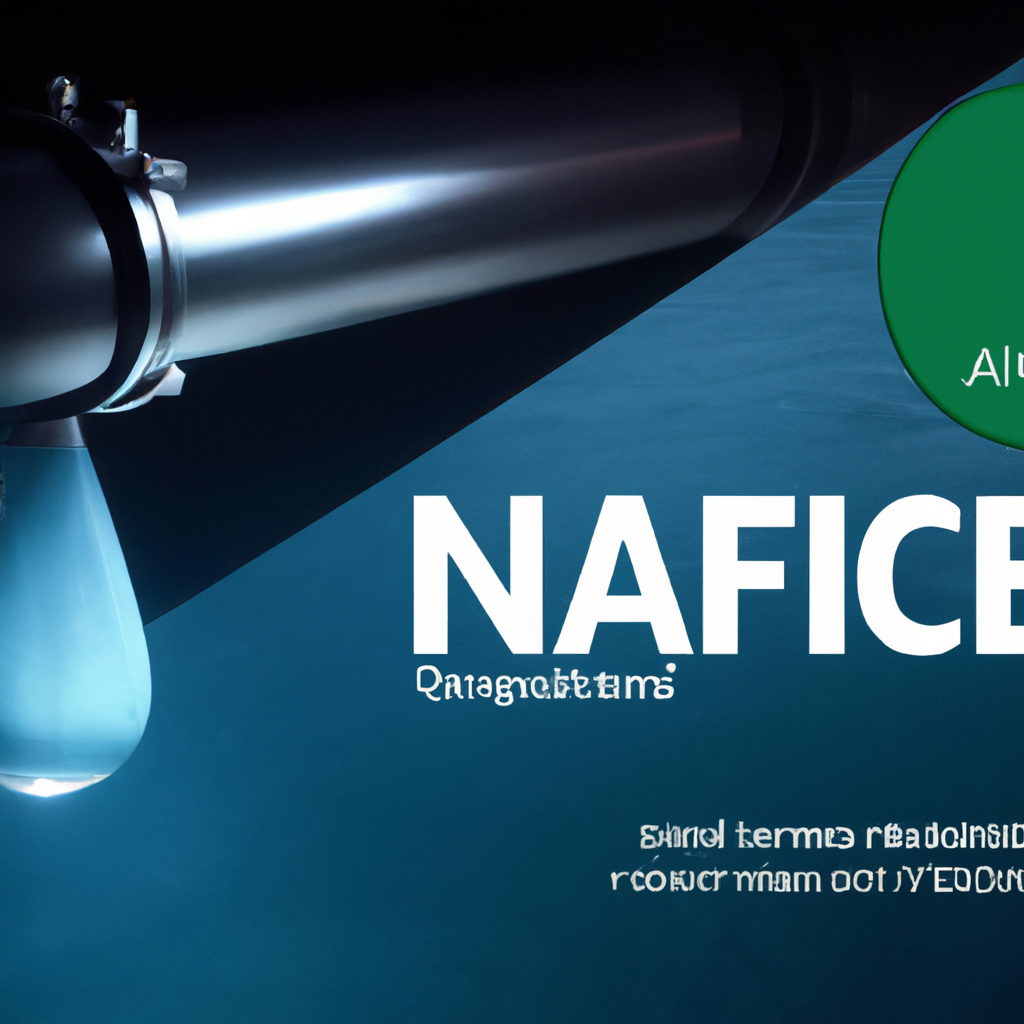
3. wasserversorgungssicherheit
**Summary:** The security of water supply, or Wasserversorgungssicherheit, is critical for public health, economic stability, and environmental sustainability. This article explores its importance, challenges, and potential solutions.
**Excerpt:** Explore the significance, challenges, and solutions regarding water supply security (Wasserversorgungssicherheit) for public health and environmental sustainability.
—
**Understanding Wasserversorgungssicherheit: The Security of Water Supply**
Wasserversorgungssicherheit, or water supply security, refers to the ability of a community or region to provide reliable access to potable water for its inhabitants. This concept encompasses not only the quantity of water available but also its quality, distribution reliability, and sustainability over time. As global populations grow and climate change intensifies, the importance of ensuring a secure water supply has garnered increased attention from policymakers, environmentalists, and the public.
### The Importance of Water Supply Security
Access to clean and safe drinking water is a fundamental human right and essential for public health. Contaminated water can lead to a variety of health issues, including waterborne diseases such as cholera and dysentery. Furthermore, reliable water supply is crucial for agriculture, industry, and energy production, forming the backbone of economic prosperity in any given region.
In urban areas, where populations are dense and water demand is high, maintaining water supply security presents unique challenges. Infrastructure must be robust enough to withstand growing demand while also being resilient to potential disruptions, such as natural disasters or contamination events.
### Challenges to Water Supply Security
Several factors threaten Wasserversorgungssicherheit across the globe. Climate change plays a significant role, as it alters precipitation patterns, leading to droughts in some regions and flooding in others. As water sources become less predictable, the challenge of managing supply becomes more complex.
Moreover, pollution from agricultural runoff, industrial waste, and inadequate waste management practices can compromise water quality. In many parts of the world, aging infrastructure further exacerbates the issue, leading to significant water loss through leaks and inefficiencies.
Political and economic factors also contribute to water supply challenges. In some regions, water resources are unevenly distributed, leading to conflicts over access and usage rights. Regulatory frameworks can be insufficient or poorly enforced, allowing for over-extraction of water resources and environmental degradation.
### Solutions and Innovations for Water Security
Addressing the challenges of Wasserversorgungssicherheit requires a multi-faceted approach that includes technological innovation, improved infrastructure, and comprehensive policy frameworks.
1. **Technological Innovations:** Advances in water treatment and management technologies can significantly enhance water supply security. Desalination, for instance, offers a way to turn seawater into potable water, which is crucial in arid regions. Additionally, smart water management systems that use sensors and data analytics can improve efficiency in water distribution and usage.
2. **Infrastructure Investment:** Upgrading aging infrastructure is essential to reduce water loss and ensure reliable distribution. Investments in modern piping, treatment facilities, and storage solutions can enhance overall water management and reliability.
3. **Policy and Governance:** Effective governance is critical for sustainable water management. Policymakers must create and enforce regulations that protect water resources from over-exploitation and pollution. Collaborative approaches that involve multiple stakeholders, including local communities, industries, and environmental organizations, can lead to more equitable access to water resources.
4. **Public Awareness and Education:** Raising awareness about water conservation and the importance of sustainable practices can empower communities to take action. Educational programs can promote responsible water use and encourage individuals to participate in protecting their local water resources.
### Conclusion
As societies continue to grapple with the complexities of water supply security, it is clear that safeguarding Wasserversorgungssicherheit is a shared responsibility that requires collaborative efforts at local, national, and global levels. By addressing the challenges and implementing innovative solutions, communities can work towards ensuring a sustainable and secure water future for generations to come.
